Sea-Level Rise Drove This Plant to Extinction in the U.S.
Once towering near the ocean’s edge, the Key Largo tree cactus was a spectacle of nature: massive green columns adorned with spiked surfaces, garlic-scented flowers, and woolly hair so dense it seemed as if snow blanketed the subtropical landscape.
Today, scientists believe this cactus, native to the Florida Keys, is the first of its kind to go extinct in the wild in the U.S., primarily due to rising sea levels.
Dire Warning for Coastal Species
They warn that this loss is a harbinger for other coastal species if human-induced climate change remains unchecked.
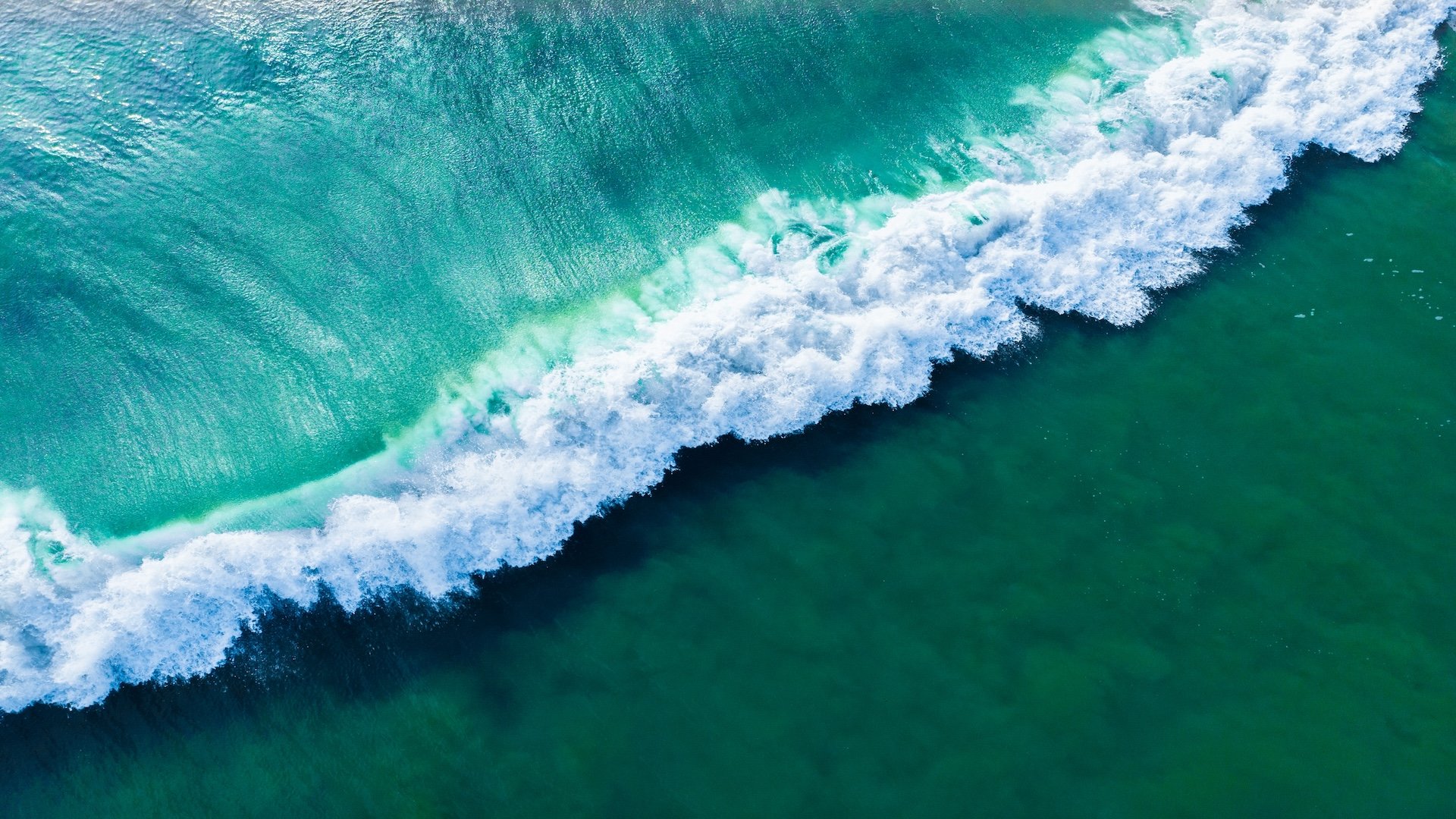
Source: wirestock/freepik
“It’s a big deal when we lose species from an entire country,” stated George Gann, executive director of the Institute for Regional Conservation in Florida.
Impact of Climate Change
The scientific community has long cautioned that global warming poses a severe threat to numerous species.

Source: Freepik
The extinction of the Key Largo tree cactus highlights the immediate impact of climate change on biodiversity.
Personal Loss for Botanists and Researchers
“For me, it was devastating,” expressed Jimmy Lange, a research botanist at the Fairchild Tropical Botanic Garden in Florida, who monitored the cactus for years. Lange, Gann, and other researchers detailed the local extinction in a study published in the Journal of the Botanical Research Institute of Texas.

Source: chokniti/Freepik
“This is such a glorious plant,” Lange remarked.
Florida's Latest Casualty of Sea-Level Rise
The tree cactus still exists in parts of the Caribbean, including Cuba and the Bahamas.
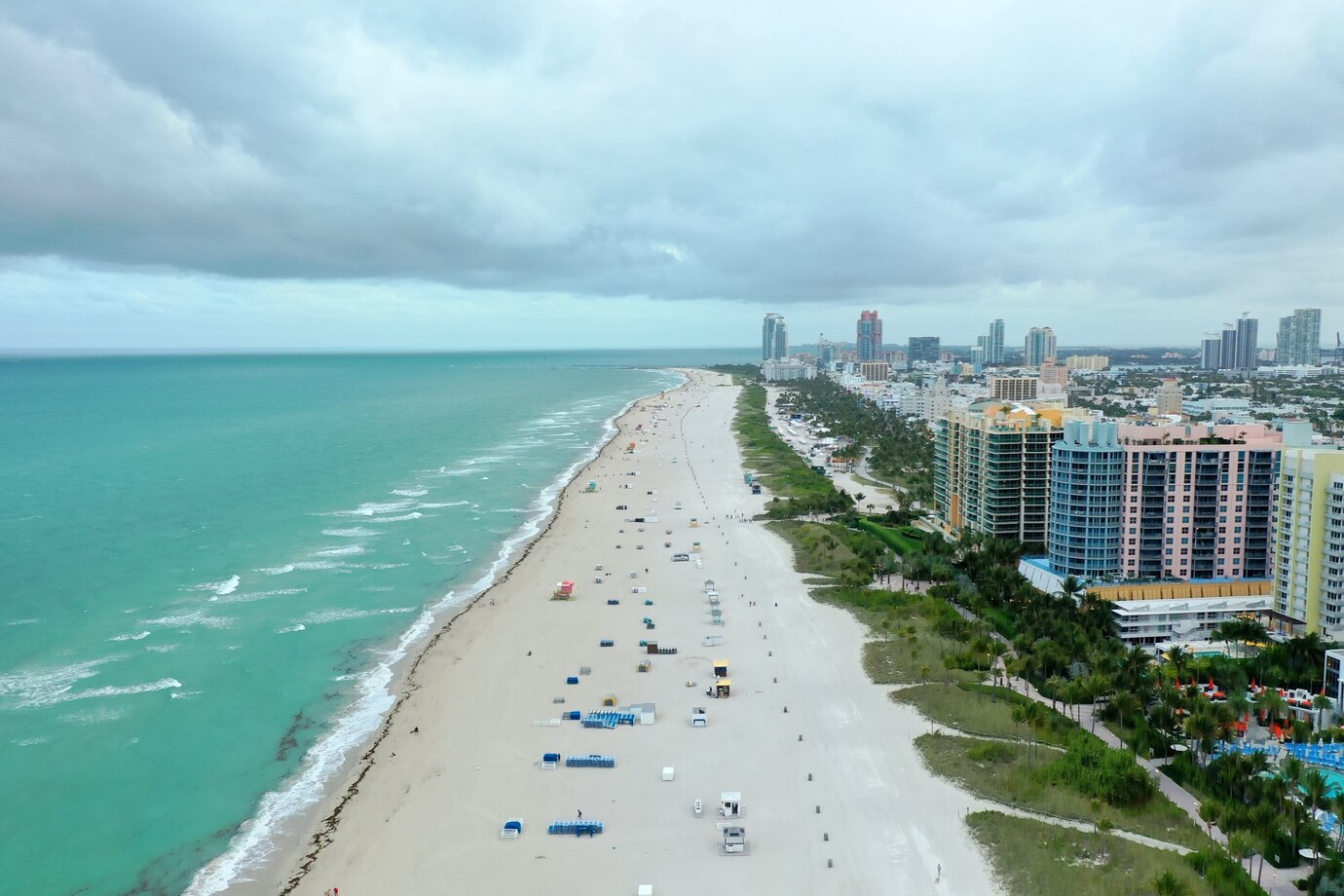
Source: wirestock/Freepik
However, the population lost in Key Largo to saltwater intrusion and soil erosion from high tides and hurricanes was the only one known in the U.S. This coastal plant, with its distinctive snowy fur, has become Florida’s latest casualty of sea-level rise driven by distant glacial melt.
Unique Ecosystem of the Key Largo Tree Cactus
Discovered in 1992, the solitary stand of Key Largo tree cactuses grew from a limestone outcrop surrounded by mangroves on Key Largo, a 33-mile-long island south of Miami.
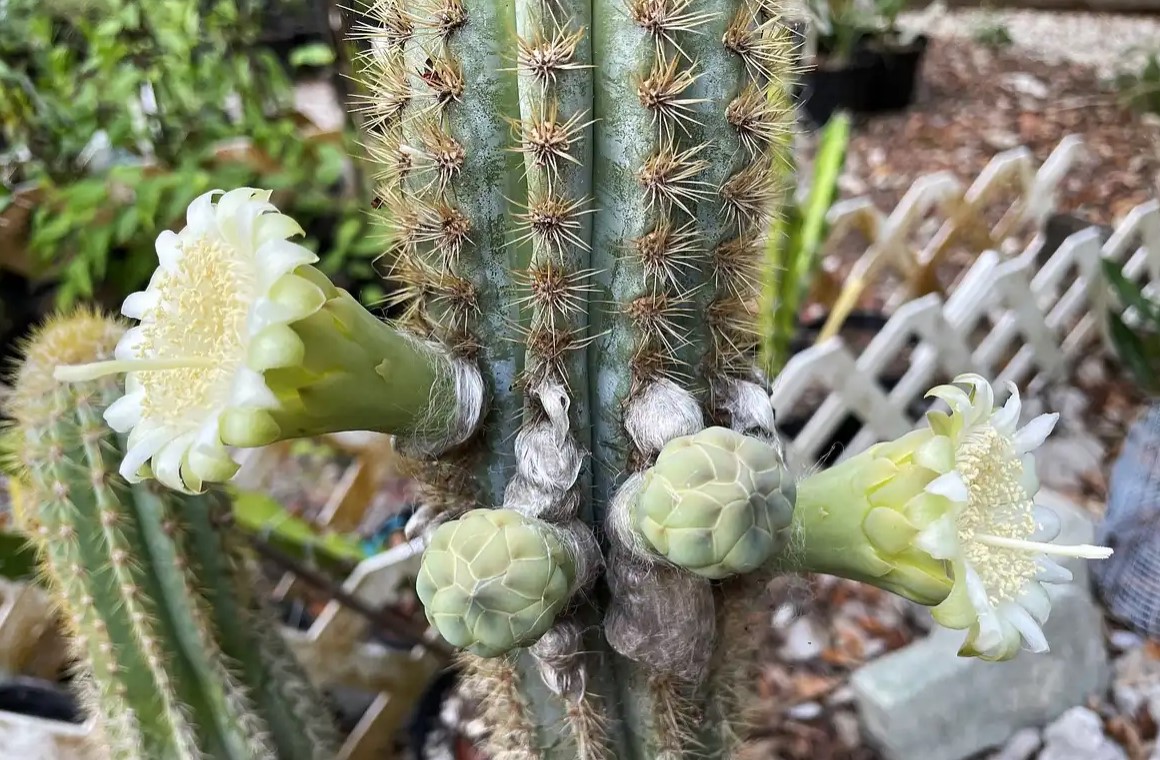
Source: Susan Kolterman/Florida Museum
At night, its cream-colored flowers would reflect moonlight, attracting bats that pollinated them. The magenta fruit that developed from these flowers drew birds and mammals during the day.
Botanists Tried to Save Remaining Plants
In 2015, botanists observed a problem when they found many cactus stems almost entirely gnawed through, likely by animals searching for water.

Source: Freepik
Only 60 plants remained, half of the original population. The culprit, possibly a raccoon or rat, was never captured on wildlife cameras. “We’re not 100 percent sure,” Lange noted. The team began salvaging stem fragments the following year.
Hurricane Irma Accelerates Cactus Decline
Then, in 2017, Hurricane Irma struck, causing a 5-foot storm surge through Key Largo.
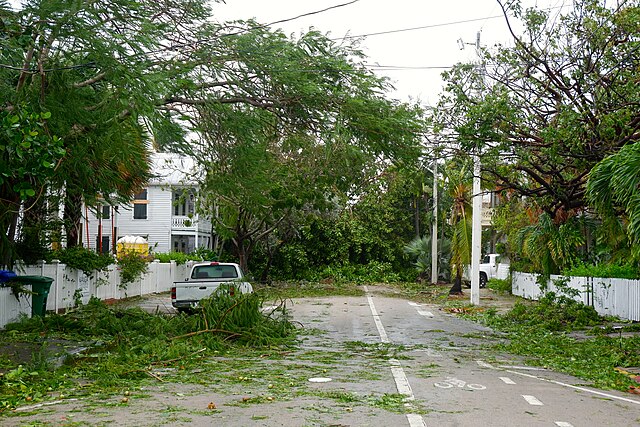
Source: Wikimedia
While the cactuses had weathered hurricanes before, the seawater influx from this Category 5 storm accelerated their demise. Research indicates higher mortality rates for tree cactuses in saltier soil.
King Tides and Rising Seas
Even after the hurricane, “king tides” exacerbated by sea-level rise continued to bring damaging saltwater close to the plants.
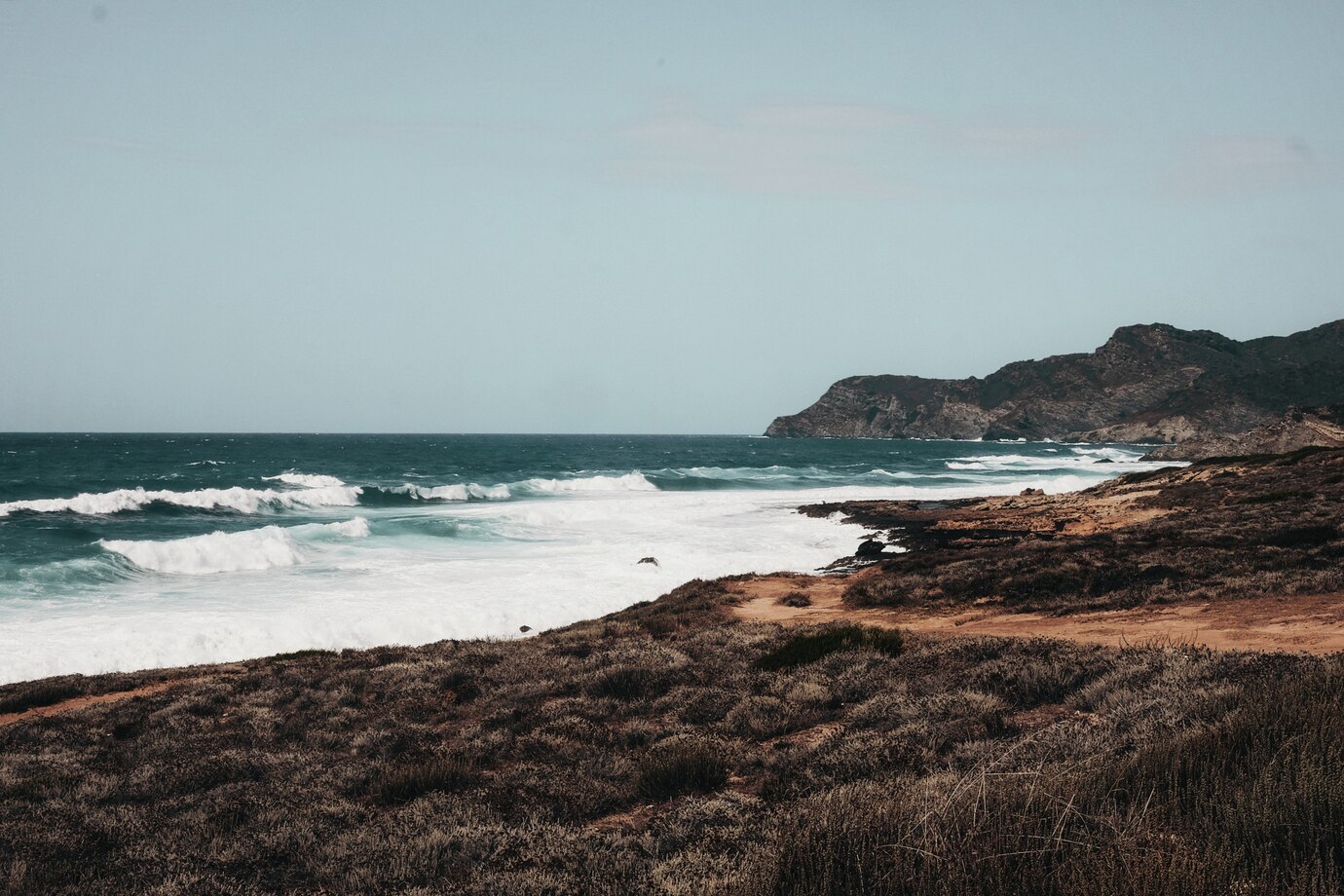
Source: wirestock/Freepik
These higher tides might have reduced freshwater availability for small mammals, prompting them to gnaw on the cactus stems to quench their thirst. “But we can’t say for sure,” Lange said. “The population was just slowly, and then quickly, collapsing,”.
Conservation Efforts
With little chance of natural recovery, the team extracted the last six cactuses for conservation.
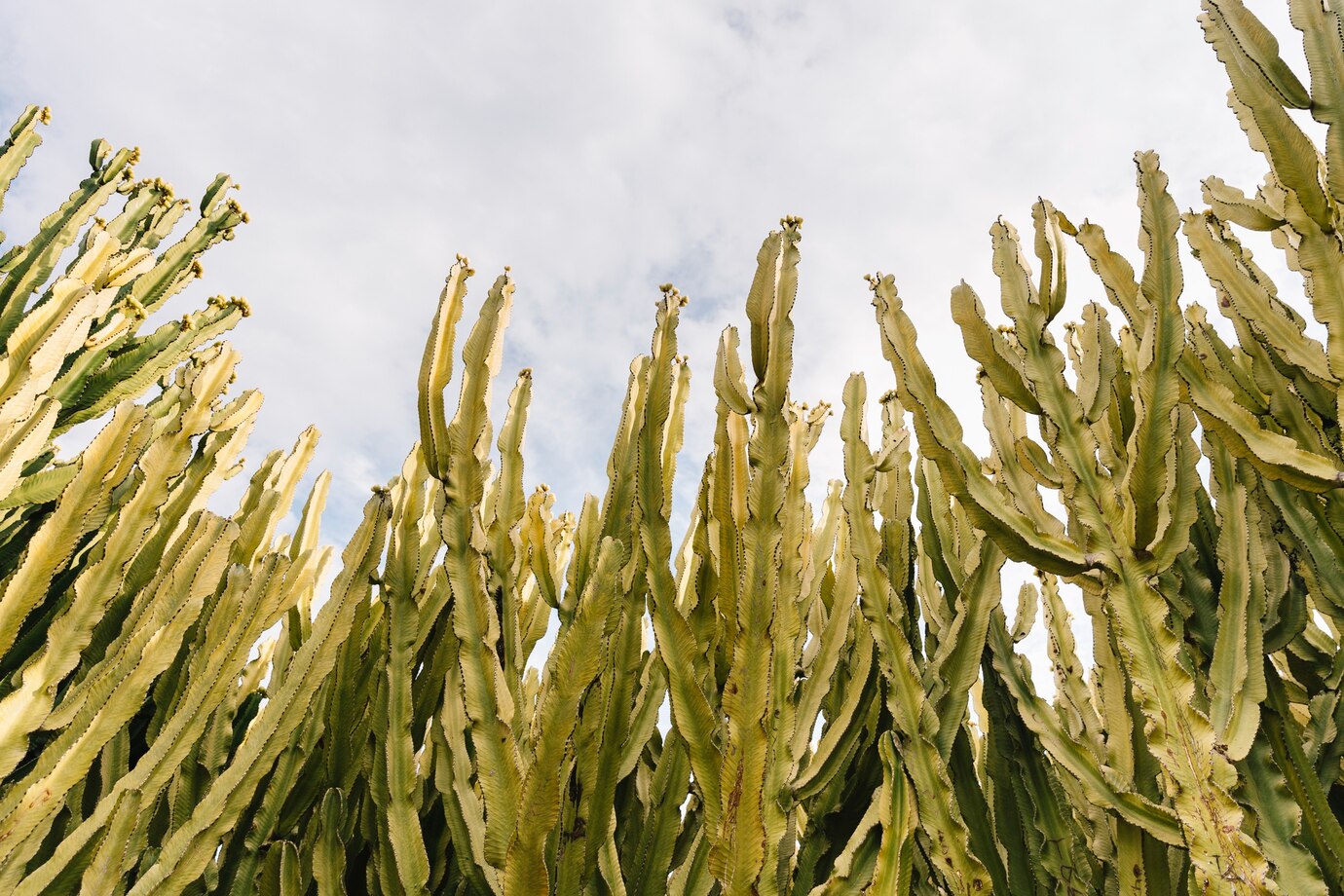
Source: Freepik
Today, about 60 Key Largo tree cactuses are cultivated in two Florida nurseries, and over 1,000 seeds are stored at Fairchild and an Agriculture Department seed bank in Colorado.
First U.S. Vascular Plant Extinction Linked to Sea-Level Rise
The researchers believe this cactus is the first vascular plant in the U.S. to go locally extinct due to sea-level rise. Vascular plants, including ferns, conifers, and flowering plants, are a diverse group.
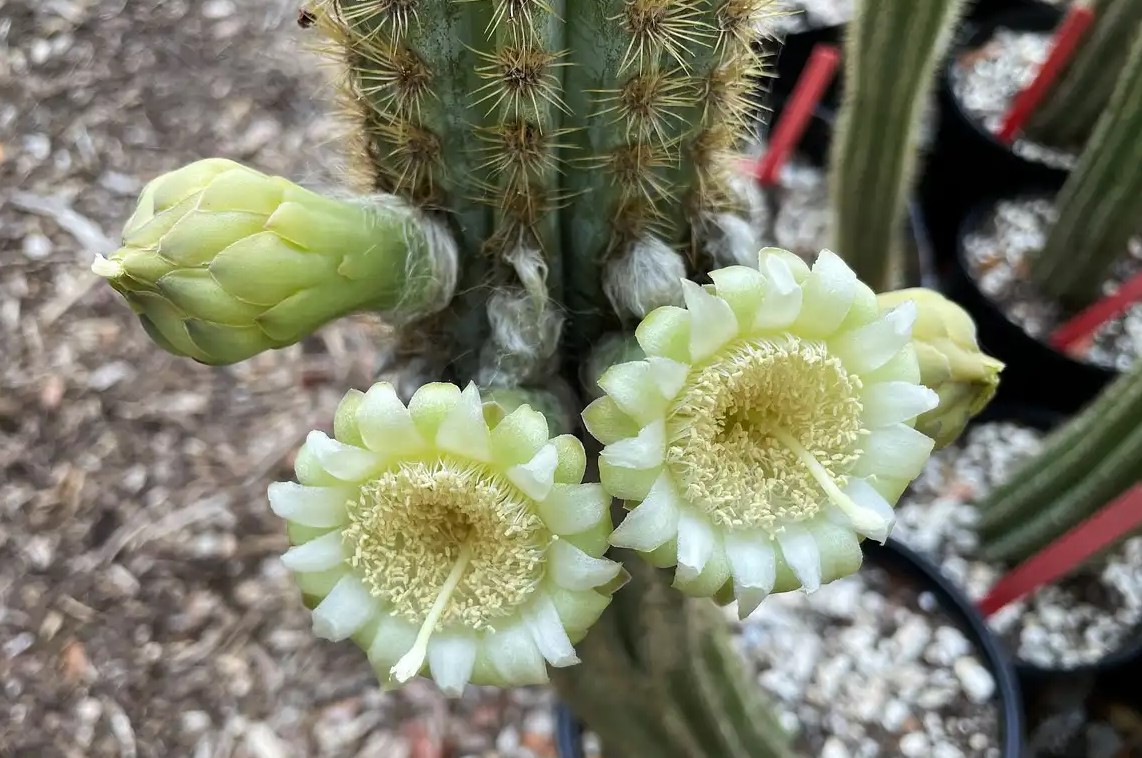
Source: Susan Kolterman/Florida Museum
Despite their robust appearance and ability to thrive in arid conditions, cactuses are among the most endangered organisms on Earth. Increasing temperatures test their heat tolerance, and rising seas.
Climate Change as the Foremost Threat to Cactus Extinction
While illegal cactus collecting has historically posed a significant threat, climate change is predicted to become the primary driver of cactus extinction in the future. There is still hope for the Key Largo tree cactus. The botanists who rescued the plants aim to reintroduce them into the wild at higher elevations.

Source: Freepik
“There is some degree of optimism,” said Alan Franck, collections manager for the herbarium at the Florida Museum of Natural History. “There are many species we’ve lost from Florida and the country that are not in cultivation.”
